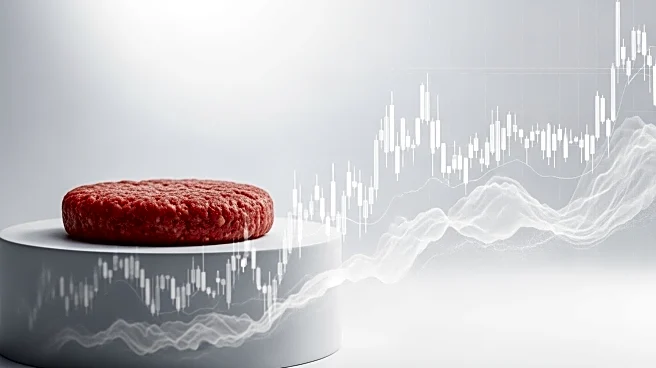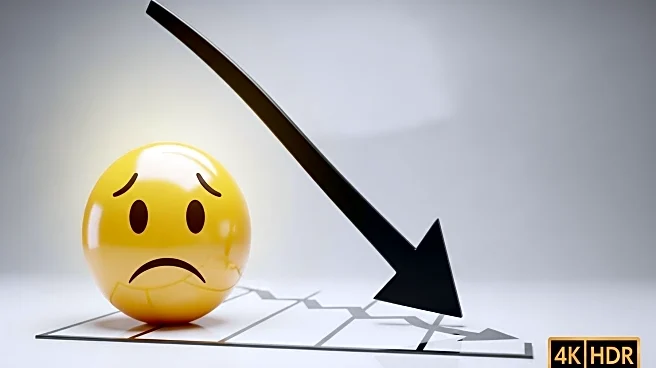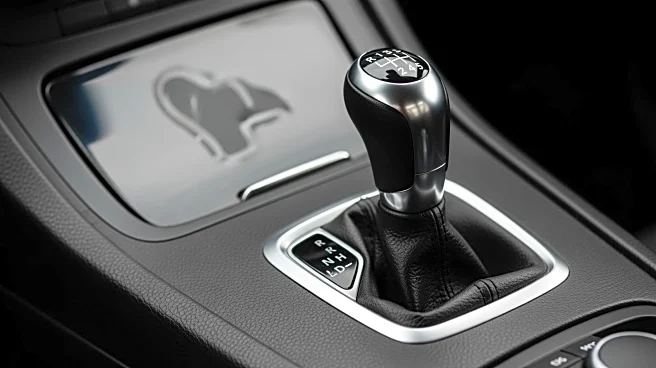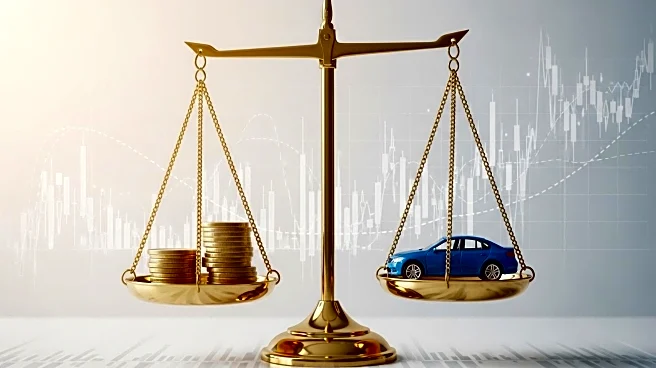What's Happening?
The average sale price of new cars in the U.S. has surpassed $50,000 for the first time, marking a significant milestone in the automotive industry. This increase is attributed to various factors, including
supply chain disruptions, increased demand, and rising production costs. The trend reflects broader economic conditions and consumer preferences, as buyers opt for more expensive models and features. The rise in car prices has implications for consumers, manufacturers, and the overall economy.
Why It's Important?
The increase in new car prices highlights challenges within the automotive industry and broader economic conditions. Consumers may face affordability issues, impacting purchasing decisions and potentially leading to increased demand for used vehicles. Manufacturers may need to adjust production strategies to address supply chain disruptions and rising costs. The trend also reflects broader economic dynamics, including inflation and consumer spending patterns, which could influence future economic policies and industry strategies.
What's Next?
The rise in car prices may prompt manufacturers to explore cost-saving measures and alternative production strategies to address supply chain challenges. Consumers may shift towards used vehicles or alternative transportation options, impacting market dynamics. The situation may also influence economic policies, as stakeholders assess the implications of rising prices on consumer spending and inflation. Ongoing discussions may focus on the need for industry innovation and adaptation to address changing market conditions.











